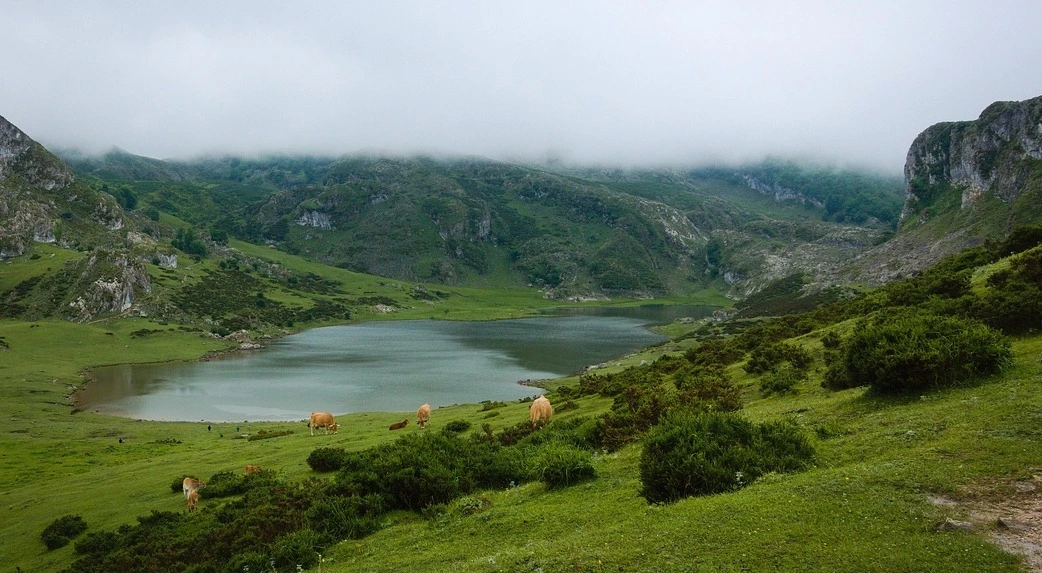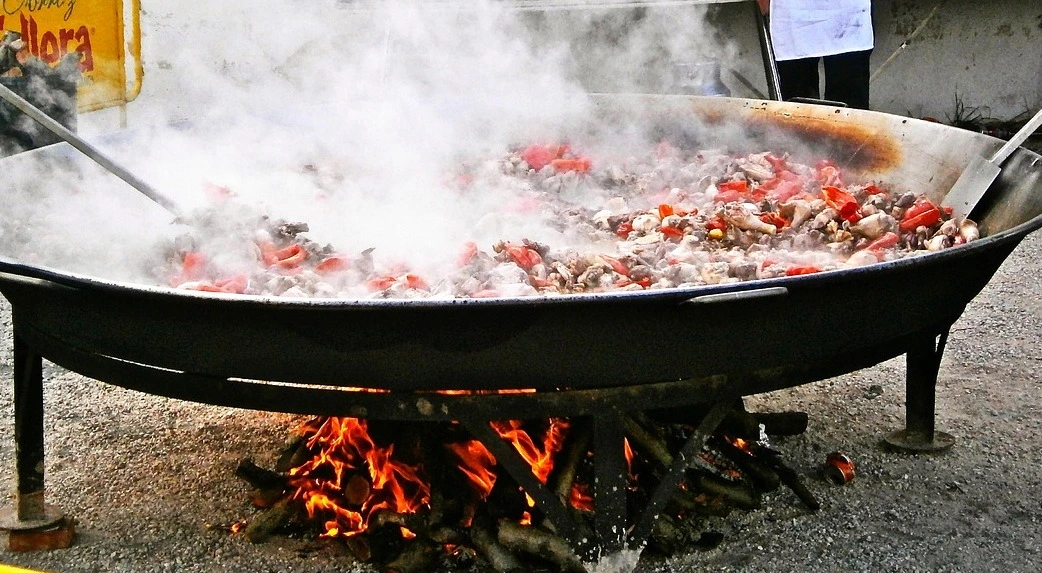Moving to Spain Guide – Chapter 8 – Learning more about Spain, Busting the Myths
Contents
Common Myths About Life in Spain – and the Realities Behind Them
Before making the move, it’s easy to form ideas about what life in Spain is like — but not all of them are accurate. In this chapter, we explore some of the most common misconceptions and set the record straight with the facts.

It’s always sunny in Spain and everywhere is near the beach
Not quite! While Spain is known for its sunshine, the weather isn’t perfect year-round — and not every town is a coastal paradise. Spain is a large and geographically diverse country. Yes, much of it enjoys long, hot summers, especially between May and September. But winters can bring snow to inland regions like Madrid, Extremadura, and Galicia — the latter being especially famous for its rain!
And when it comes to beaches, don’t assume you’ll have one on your doorstep. Much of Spain is rural and inland, meaning some areas are hours from the coast. If sunshine and sea views are high on your wish list, make sure to research your destination carefully
Everyone has a daily siesta
Not anymore! While the idea of a long afternoon nap is a charming stereotype, it doesn’t reflect daily life for most people in Spain today. In reality, the traditional siesta has largely disappeared, especially in cities and among working professionals.
Many businesses, schools, restaurants, and offices now operate throughout the day without a break. While you might still find smaller, family-run shops in some towns closing for a couple of hours in the afternoon, supermarkets and larger stores usually stay open. Life in Spain has adapted to modern work schedules — just like everywhere else!
All of Spain is dry and dusty
Not quite! This image probably comes from old Western films or family holidays taken in the scorching heat of summer. But Spain is far more diverse than many people imagine.
From lush green hills to fertile valleys, the landscape changes dramatically across the country. In the Valencia region — known as the “market garden of Spain” — you’ll find vibrant orchards and olive groves stretching for miles. La Rioja is famous for its rolling vineyards, while Galicia in the northwest looks more like Ireland or Scotland, with its misty forests and dramatic coastline.
Spain isn’t just sun and sand — it’s a country of striking contrasts.

Spaniards only speak Spanish
Not true! While Spanish — or Castellano — is the official national language, Spain is home to a rich mix of regional languages that reflect its diverse cultural heritage.
In fact, there are four other recognised languages: Catalan (spoken in Catalonia and the Balearic Islands), Basque (in the Basque Country and parts of Navarra), Galician (in Galicia), and Aranese (a variety of Occitan spoken in parts of Catalonia). Many people in these regions grow up bilingual and are deeply proud of their local language — some even use it exclusively at home.
So yes, most Spaniards speak Spanish, but don’t be surprised if you hear something completely different depending on where you are. It’s all part of Spain’s charm — and showing respect for regional languages goes a long way.
Paella is the national dish
Not quite! While paella is one of Spain’s most internationally recognised dishes, it actually hails from the region of Valencia. There, it’s a beloved local specialty traditionally made with rabbit, chicken, and green beans — though seafood versions are also popular.
However, Spain’s culinary landscape is incredibly diverse, with each region proudly showcasing its own traditional dishes. In Segovia, for instance, you’ll find cochinillo (roast suckling pig), while in Galicia, pulpo a la gallega (Galician-style octopus) is a staple. Across the country, rice dishes are common — like arroz con pollo — but paella isn’t eaten everywhere, and it certainly isn’t considered the “national dish” by many Spaniards.
So, while you’ll almost certainly come across paella on your travels, be sure to explore the unique and delicious food traditions of each region too!

Spanish food is spicy, and everyone drinks sangria
Not true! Contrary to popular belief, traditional Spanish cuisine is not spicy. In fact, many Spaniards actively dislike picante (spicy) food. Even dishes labeled as spicy tend to be mild by international standards — so if you’re hoping for fiery heat, you might be left underwhelmed!
As for sangria, while it’s popular with tourists and often served in holiday hotspots, locals rarely drink it. Spaniards are more likely to enjoy a cold beer, a glass of wine, or refreshing alternatives like:
Clara: a mix of beer and lemon soda (similar to a shandy)
Tinto de verano: red wine with lemon soda or Casera (a mild fizzy mixer)
These are the true go-to drinks in Spain — especially in the warm summer months!
Flamenco is the national dance
Not quite! While flamenco is often seen as synonymous with Spanish culture, it’s actually specific to the region of Andalucía in the south. It’s a passionate, powerful art form deeply rooted in Andalusian history and tradition — but it doesn’t represent the whole country.
Across Spain, different regions have their own traditional music, dances, and costumes. For example:
In Galicia, you’re more likely to hear the haunting sound of bagpipes (gaita) than flamenco guitar.
In Catalonia, you might see the sardana, a circle dance performed in public squares.
In Aragón, there’s the fast-paced jota, danced with castanets and regional dress.
So, while flamenco is iconic, it’s just one thread in the rich cultural tapestry of Spain.

Spain truly is a warm, welcoming country — not just in climate, but in spirit. With its rich and diverse cultural heritage, vibrant traditions, and stunning landscapes, Spain offers something for everyone. Whether you're drawn to the lively fiestas, the world-renowned cuisine, or the more relaxed pace of life, you’ll find a deep appreciation for family, community, and enjoying the moment.
True!
From the sun-soaked beaches of the Mediterranean to the green hills of the north, from buzzing cities to sleepy villages, life in Spain often means slower days, shared meals, and stronger connections. It’s no wonder so many people choose to make it their home!
Recent Info Guides
Can You Support Us?
Every year, we help over 30,000 people navigate life in Spain with confidence, providing free, accessible information guides. Our trusted Infoline offers compassionate, one-to-one support to more than 3,000 individuals annually.
None of this would be possible without the generosity of people like you. Your donation ensures we can continue to provide these vital services to those who need them most.


